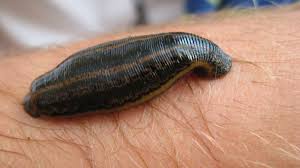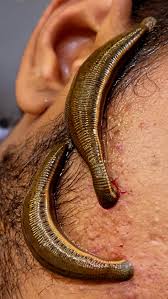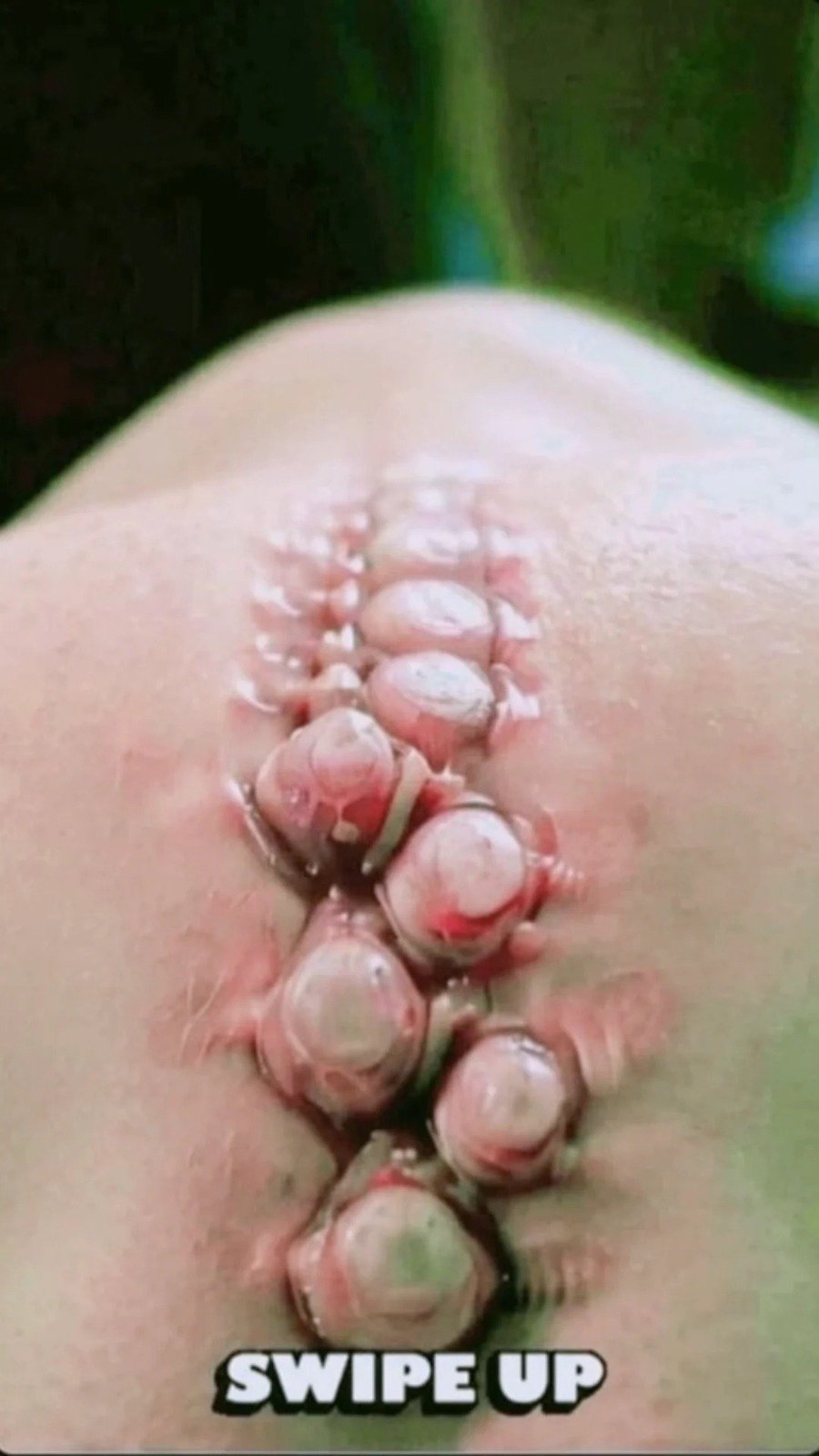Leech therapy, or hirudotherapy, is an ancient medical practice making a modern comeback due to its surprising benefits, especially in improving blood circulation. Traditionally used in Ayurvedic and European medicine, this therapy involves the application of medicinal leeches to the skin to draw blood and deliver biologically active substances.

How Leech Therapy Works
Medicinal leeches (typically Hirudo medicinalis) attach to the skin and feed on the patient’s blood for 20 to 45 minutes. During this process, they inject their saliva into the wound. This saliva contains over 100 bioactive compounds, including hirudin, a powerful anticoagulant, and vasodilators, which widen blood vessels.
These substances have several effects:
-
Prevent clotting, allowing blood to flow more freely.
-
Dilate blood vessels, improving circulation in the area.
-
Reduce inflammation, promoting healing and reducing pressure in tissues.
Improved Microcirculation
Leech therapy is especially beneficial for microcirculation—the flow of blood through the smallest vessels. After surgery or injury, poor blood flow can lead to tissue death. Leeches help by restoring oxygen and nutrients to damaged tissues, making the therapy popular in reconstructive and plastic surgery.

Applications in Modern Medicine
Doctors use leech therapy in:
-
Skin grafts and reconstructive surgery
-
Treatment of varicose veins
-
Managing diabetic foot ulcers
-
Arthritis and joint inflammation
-
Cardiovascular conditions
By increasing blood flow and promoting detoxification, leech therapy supports the body’s natural healing processes.

